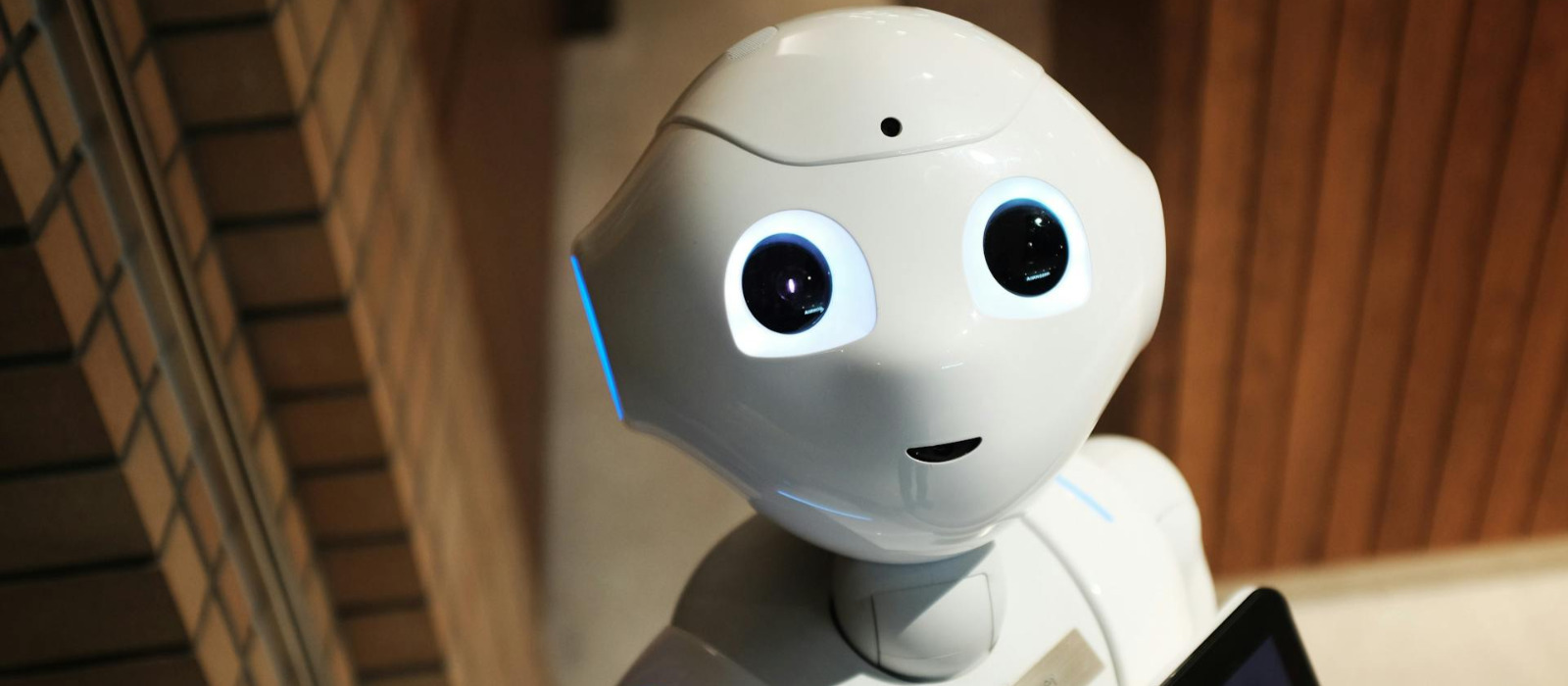
We are cognizant about, how training plays a crucial role in employee's personal development and organizational growth. Despite this, there are some companies which question every investment of money and time on Talent Development. It's important to decipher the case behind it.
Training initiatives must facilitate the accomplishment of Company's Business Strategy.
One of the biggest potential problems with employee training is 'Cost'. If you administer the training internally, the cost increases as you have to pay one of your employees for training instead of doing productive work. If you use an external trainer, you have to pay him for his time and consider employee impact. Traditionally, there are three category of workers who require training interventions:
- New employees and their Induction
- Current employees who need their skills contemporized
- Employees who are being reskilledand developed for evolving roles
The Case for Employers
While building a case for investment in Talent Development and ROI, It's all about asking the right questions: -
 What is the cost of getting an External candidate? Include cost (and time) to source, hire and onboard such a person.
What is the cost of getting an External candidate? Include cost (and time) to source, hire and onboard such a person.- How would an internally developed leader enable the achievement of your organization’s vision and strategy?
- What is the quantum of business impact by Developing the Employee?
- What is the cost of attrition, if the employee doesnt perform due to lack of development?
- What is the new insight, perspective or idea would you overlook, if a training isn't imparted?
As per Edenred, 68% of workers say training and development are the most important workplace policy, followed by working hours flexibility (74%), promotion of health at work (72%). In other words, training and development efforts are seen by employees as an investment in them.
If an employee is very effective at her job, you might think that s/he would make a good trainer for new employees. It's a Myth! Not everyone possesses the ability to train future employees as they may lack the skill, dedication or experience for it. When it comes to assigning an employee to train other employees, you might move someone out of their comfort zone and he not only does an ineffective job but also has a degenerative impact on others.
Training Needs Analysis (TNA) is the process of identifying the gap in employee training and related training needs. This can be complex and demand a creative, people focused environment. This needs to be coupled with the above questions and ROI.
 When you delegate the training of new employees to a particular employee or trainer, you have to be very careful with regards to what the newly or existing employees are learning.
When you delegate the training of new employees to a particular employee or trainer, you have to be very careful with regards to what the newly or existing employees are learning. If the trainer fails to train as expected, the Rookies might end up inculcating a bad work culture, jeopardising the business. Its imperative therefore to Monitor the quality of training and institutionalize it as far as possible.
As per an estimate, 14% of employees would grade their company an “A” for the availability of training resources. - Spherion
As per industry reports, US companies budget an average of 8 - 10% of their total employee spend on training, amounting to over $100 billion. On the other hand, India spends between 1 - 2% of their total employee spend on training & development.
Only 10% of corporate trainings are effective - Michael Beer, Harvard Business School Professor
And its not just the content of the training programs that is necessarily bad. He believes that companies do not lay proper groundwork to get the most out of what is being taught.
 In India, there are a lot of companies that are not meeting the employee demands with reference to training and development and ultimately the disparities found in the required skills vis-a-vis attained skills have become so wide that inter-relationships of training and performance are badly disrupted. Training and development cannot be dissevered from the business activities of the organizations; on the contrary, this is the frame that clearly depicts positive relationships between training activities and the company’s performance. In particular, it is perceived that an effective training and development policy can be a decisive factor in addressing inequalities in employment in relation to race, gender, and disabilities. It is supported that organization produce a training and development plan, the aim of which shall be to empower all employees to make them work to the highest standards and convey high-quality services to the customer. Training and development are termed as those activities aimed at raising the standards of employee practice and thus uplifting the quality of the employees, and customers learning and organization experiences. Investments in this area are exceedingly getting noticed and also raised with the right measures and returns.
In India, there are a lot of companies that are not meeting the employee demands with reference to training and development and ultimately the disparities found in the required skills vis-a-vis attained skills have become so wide that inter-relationships of training and performance are badly disrupted. Training and development cannot be dissevered from the business activities of the organizations; on the contrary, this is the frame that clearly depicts positive relationships between training activities and the company’s performance. In particular, it is perceived that an effective training and development policy can be a decisive factor in addressing inequalities in employment in relation to race, gender, and disabilities. It is supported that organization produce a training and development plan, the aim of which shall be to empower all employees to make them work to the highest standards and convey high-quality services to the customer. Training and development are termed as those activities aimed at raising the standards of employee practice and thus uplifting the quality of the employees, and customers learning and organization experiences. Investments in this area are exceedingly getting noticed and also raised with the right measures and returns.Posted in : Leadership
Views : 33416
Leave a Comment
Hey there !
Author Details
Related Blogs
Popular Tags
Subscribe Now








